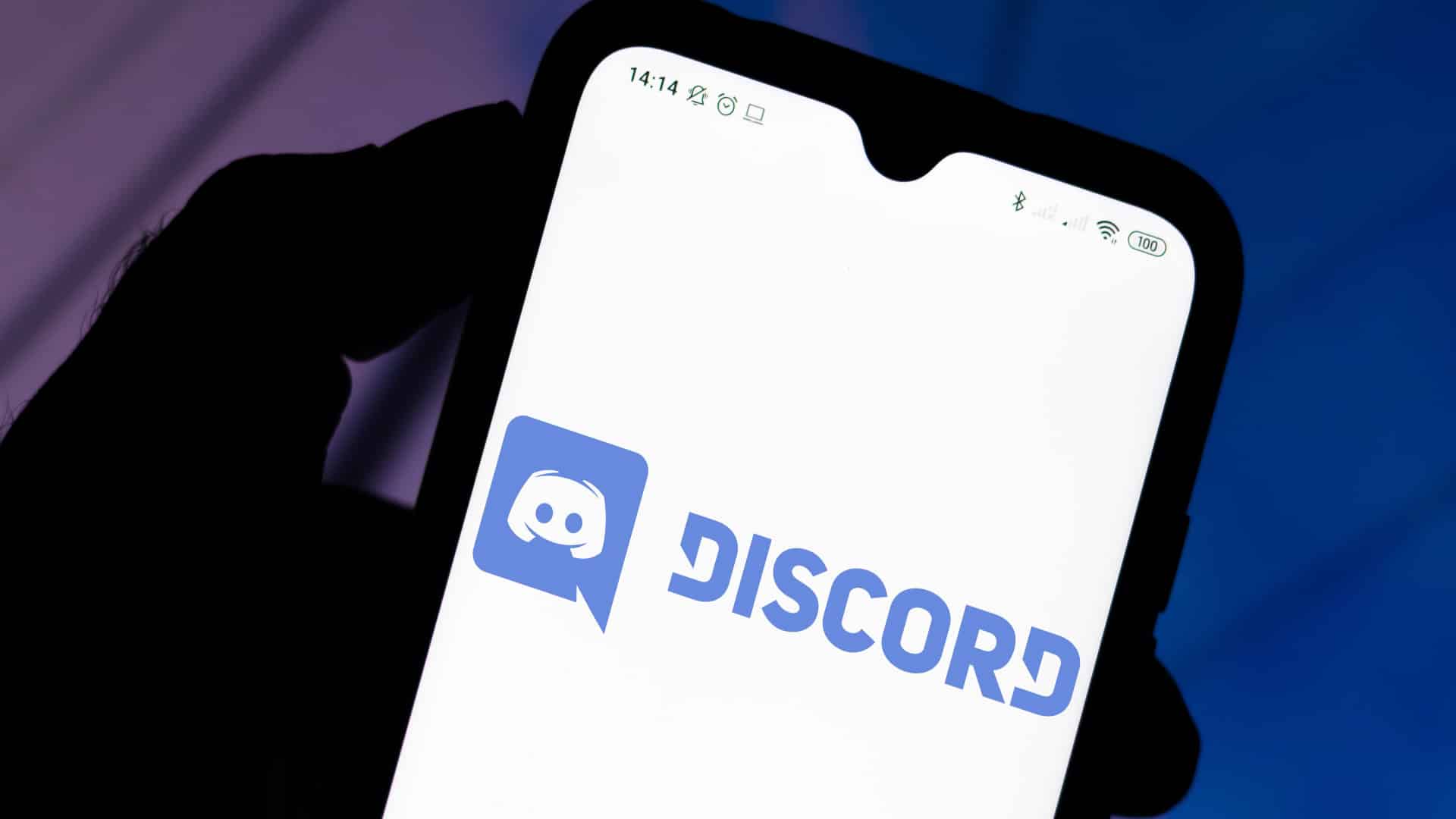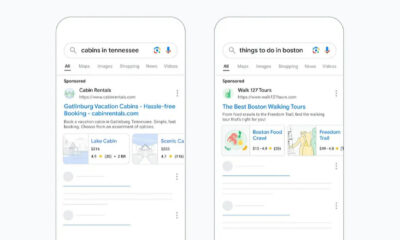MARKETING
Samsung expands metaverse presence with Discord

Today, Samsung US launched its server on digital gaming community platform Discord. The server is a connected group of Discord users who will be able to join up and chat about all things Samsung.
This is by no means Samsung’s first foray into the metaverse. The electronics maker established an experience, called 837X, on 3D virtual platform Decentraland. They also launched the Samsung Superstar Galaxy experience on Roblox.
Read next: Acura shows us how to use the metaverse and NFTs
What do fans get? Users who flock first to the Samsung server will get rewarded for being early adopters. Consumers who join by June 10 will have the opportunity to be randomly selected for product giveaways and ongoing promotions.
Down the road, fans on the Samsung US server will be able to participate virtually at hybrid events that are also held at the brand’s physical New York store, Samsung 837 (located on 837 Washington St.). They’ll stay plugged in for future developments like NFT drops.
Why Discord? Since its start in 2015, Discord has grown to over 100 million active users. It became a hub for gamers to use voice chat and messaging to coordinate their play on multiplayer online games.
It became its own culture for gamers of all ages, and a way for brands to reach a large segment of consumers who don’t watch TV.
Get the daily newsletter digital marketers rely on.
Why we care. The decentralized nature of Discord communities aligns with many of the visions marketers have for web3 as the way forward to engage consumers seamlessly in their digital lives. The metaverse and web3 call up images of 3D virtual environments – and there are those, too.
To date, Samsung has executed six themed quests and livestreamed events in these virtual environments. Live concerts, mixed reality dance parties, user-generated NFT art and digital wearables are all part of the brand’s growing metaverse toolkit.




















You must be logged in to post a comment Login